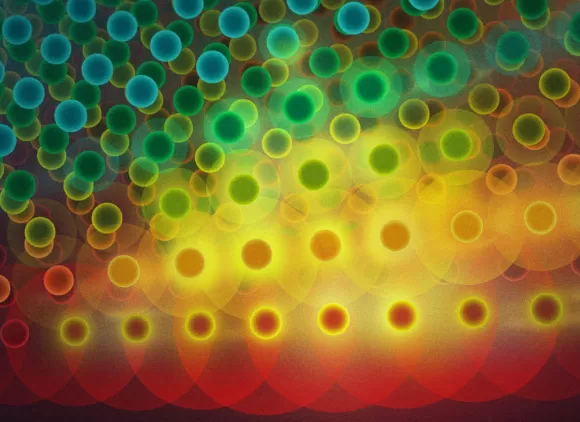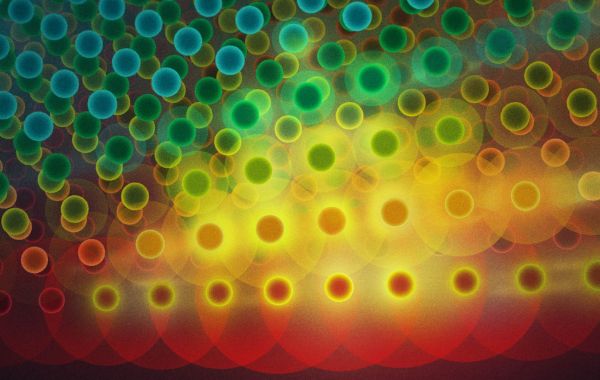About the series
Presenter:
Dr. David Tarboton, Utah State University
Title:
Advancing the capability for collaborative discovery through data and model sharing: The HydroShare example.
Abstract:
This presentation will describe the development of the HydroShare (www.hydroshare.org) web-based hydrologic information system operated by the Consortium of Universities for the Advancement of Hydrologic Science Inc. (CUAHSI, www.cuahsi.org). HydroShare has been developed as a domain specific repository for the hydrologic science research community to share and publish data and models such that they are Findable, Accessible, Interoperable and Reusable (FAIR principles). As software, HydroShare was developed using an open development model with contributions from developers ranging from hydrology graduate students to seasoned developers. As infrastructure, HydroShare has been developed with interoperability in mind to serve as a component in an ecosystem of interacting cyberinfrastructure elements. HydroShare is a system for advancing hydrologic science by enabling individual researchers to more easily and freely share products resulting from their research, not just the scientific publication summarizing a study, but also the data, models, and workflow scripts used to create the scientific publication. It accepts data from anybody, and supports FAIR principles that help enable researchers meet the requirements of open data management plans. HydroShare is comprised of two sets of functionality: (1) a repository for users to share and publish data and models in a variety of formats, and (2) tools (web apps) that can act on content in HydroShare and support web-based access to compute capability. Together these serve as a platform for collaboration and computation that integrates data storage, organization, discovery, and analysis through web applications (web apps). HydroShare allows researchers to employ services beyond the desktop to make data storage and manipulation more reliable and scalable, while improving their ability to collaborate and reproduce results.
Bio:
David Tarboton is a professor of Civil and Environmental Engineering in the Utah Water Research Laboratory at Utah State University. He received a doctorate in Civil Engineering from MIT in 1989. His research focuses on advancing the capability for hydrologic prediction by developing models that take advantage of new information and process understanding enabled by new technology. He is principal investigator for the National Science Foundation project for the development of HydroShare, a collaborative environment for sharing hydrologic data and models operated by the Consortium of Universities for the Advancement of Hydrologic Science, Inc. (CUAHSI). He has developed a number of models and software packages including the TauDEM hydrologic terrain analysis and channel network extraction package and Utah Energy Balance snowmelt model. He received the 2015 Utah State University Faculty Researcher of the year Robins award in 2015, and in 2016 the Consortium of Universities for the Advancement of Hydrologic Science Inc., Community Service Award for his work on Hydrologic Information Systems and HydroShare. He has been on the faculty at Utah State University for 28 years where he teaches Hydrology and Geographic Information Systems in Water Resources.
To register to view the webinar: https://nsf2.webex.com/nsf2/onstage/g.php?MTID=ec103298a4a8f6ce65ce1eecc96bfb6a9




